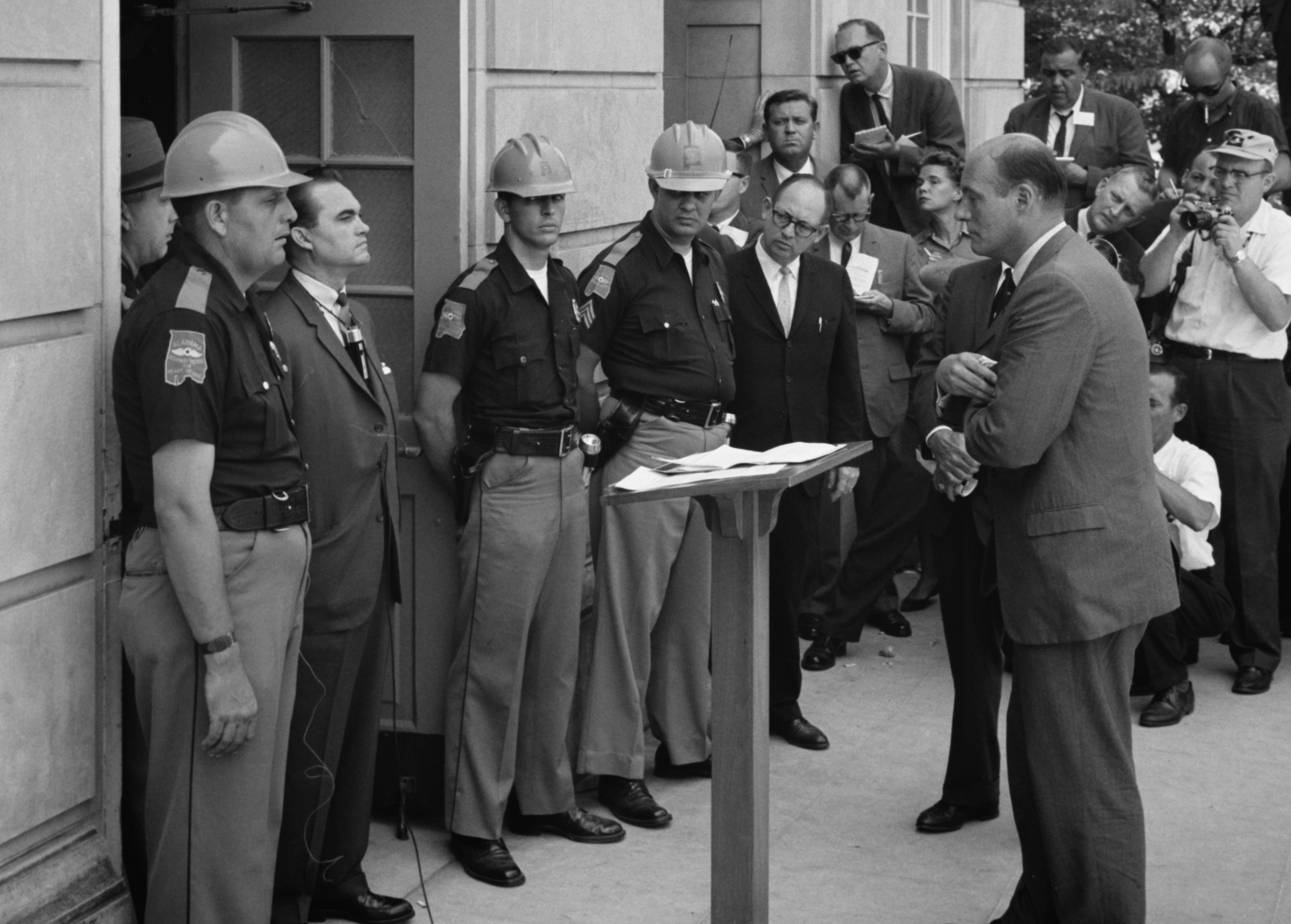We have discussed at considerable length the concept of memes or if you prefer the connotations of images. The most obvious lesson in all of this is that we cannot escape our biology. It’s all in our genes – with the wonderful paradoxical caveat that the closer you look towards identifying those genes, the more the very concept becomes fuzzy and the gene disappears. Still we are certainly very complex, and our ability to relate with an image and to associate it with a reality is deeply imbedded in a intertwined network of biology, physics, chemist, neurology, and ultimately psychology.
It is never-the-less not a contradiction or paradox to believe that we can understand ourselves and in the present case understand the meaning of photography. The fact that we are using the very computer that we are trying to understand, namely our brains, presents no real obstacles.
So let’s consider a very simple question, namely, why we can relate to a black and white image as expressing reality, even though we see in color? And I should say from the start that I am conjecturing here – although I am fairly certain that there is a huge body of scientific literature on this very topic.
You will remember the image of Albert Einstein in our discussion of memes and the curious question of why he is wearing his wife’s coat. Is the picture in your mind as Albert Einstein, your meme, in color or in black and white? We had no problem recognizing this black and white image of Einstein as Einstein. Similarly we would have no problem recognizing a color picture of Einstein as Einstein. It is even the case that if we were to Photoshop an Einstein picture with weird, say psychedelic, colors that we would still associate this image with our meme entitled “Albert Einstein.” So we conclude that the essential information that codes our meme is structural and black and white. Color is unnecessary and in the case of the weirdly colored image can be a bit distracting, perhaps requiring a few more fractions of a second to gain recognition.
So in a sense we can argue that black and white is capable of carrying all of the necessary form information. You might even argue that it is the fundamental form and for that reason we see in a black and white photograph some kind of purity. This, perhaps, arises from the way in which vision evolved. At the very least color can be quite confounding. Working with modern digital cameras gives you the binary option of shall I stay in black and white, thereby focusing on form, light, and contrast or shall I add the very profoundly dominant element of color. With an intensely colored image it’s often quite difficult to get your mind to focus on anything else.
That said, our eyes can crave color. And certainly color can provide a very beautiful and dominant component to a photograph. This is perhaps illustrated by the fact that quite often when one is working on a black and white image, we have the sense that something is missing and we can add that something by miserly adding just a bit of color, the fine subtle shades of toning. In this process one often has the sense that the image is “meant” to be toned sepia or green or blue. Of course, that is a very subjective sense.
So in this small bit of conjecture, we perhaps have the roots of a theory of why black and white photography is so appealing. We see it as an art form that is essentially pure and unconfounded by color. We see that it codes all the information about forms to appeal to our societal memes, that is to take on meaning and emotion.



